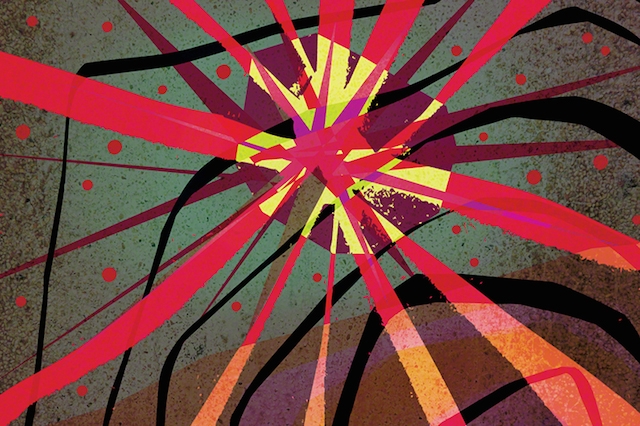Commentary on Parashat Beshalach, Exodus 13:17-17:16
Every year we tell this story:
Our ancestors left Egypt a teeming multitude, a ragtag crowd of former slaves in a great hurry for a long-awaited deliverance. They made their way toward freedom, only to find a great sea blocking their path. And God said to Moses: “Lift up your hands and the sea will split.” And Moses held his arm out over the sea and God drove back the sea with a mighty wind all that night. The water split and the children of Israel walked —”B’toch ha-yam b’yabasha” — in the midst of the sea on dry ground, waters forming a translucent wall on either side.
That’s the ’s version of events, the one we read aloud at our Passover seder tables. But the rabbis of our tradition didn’t like it all that much. A spectacular miracle, to be sure, but something totally passive; accomplished through Moses’ hands and God’s grace, but missing the element of human agency.
So, in their boldness, they told a new story:

Help us keep Jewish knowledge accessible to millions of people around the world.
Your donation to My Jewish Learning fuels endless journeys of Jewish discovery. With your help, My Jewish Learning can continue to provide nonstop opportunities for learning, connection and growth.
In their version, detailed in the Babylonian Talmud, the Israelites gathered at the water’s edge, and Moses lifted his hands as God commanded… and nothing happened. The sea remained still.
Can you imagine the panic of the people at that moment? Moses had never failed to produce a miracle before. Murmuring raced through the crowd — many considered turning back and allowing themselves to be enslaved once more. Then, out of the crowd, walked a solitary figure:
Nachshon, the son of Aminadav, stepped into the water. His family and friend looked on with horror and amazement. They cried: “What are you doing? Where are you going?” Nachshon walked forward like a man possessed — up to his knees, his waist, his chest. The second the water came up just over his nostrils, the second when he is fully submerged, at that moment and not a second before, the sea split. And the people were able to walk behind Nachshon to liberation, to a place of singing and joy. (c.f. Babylonian Talmud, Sotah 36b-37a, Mekhilta Beshallach 6)
Our rabbis read this story into the Torah to teach us that liberation comes only to the courageous. Nachshon’s gift was the ability not only to see the possibility of the moment, but to believe in it strongly enough to be willing to risk wading into the water.
We are a people who call ourselves by many names. Sometimes we are B’nai —the Children of Abraham. Often we’re B’nai Yisrael —the children of Jacob, who wrestled with an angel. I’ve come to believe that another good name for us would be B’nai Nachshon. We are the descendants of the ones who willingly walked into the sea, propelled by the belief that life could be better for themselves and their children.
These are not just our spiritual ancestors, but our literal ancestors. A century ago it was grandparents and great-grandparents who made rocky ocean crossings in leaky steerage with a dream about the life they could build for future generations. In more modern times, it was waves of migrants from North Africa, from Iran, from Russia who set out to escape tyranny. These men and women lived the faith of Nachshon; they split the sea for us so that we could walk on dry ground. A piece of our hearts owes them a constant measure of gratitude.
But just because most of us no longer need to cross an ocean does not mean we don’t bear the responsibility that comes with being a Child of Nachshon. Be’chol dor va’dor —in each and every generation, we are called upon to step into breach, to carve a path for future generations. Whether through activism or research or art, we are summoned to live in such a way that someday others will look back on us and say: “Because they were brave, there was space for us to walk behind.”
Of course, there is a final thing: When Nachshon and his people get to the other side of the sea, what is there to greet them? Not a Promised Land, but a wide, wild desert that will take years to navigate. Just because the sea splits doesn’t mean we know exactly where we are going or how we’re going to get there. But we do know this: The first steps are the hardest ones, and the most necessary. With those steps, with Nachshon, the story really begins.



